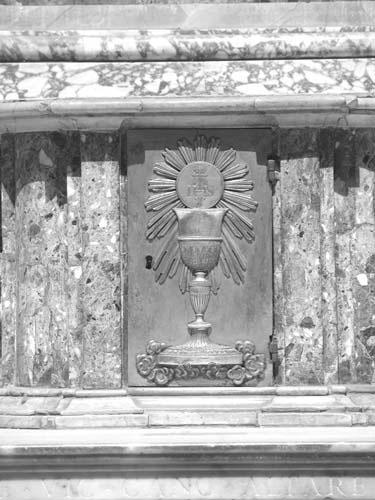E
Conclusion For centuries there have existed certain esoteric schools of mystical philosophy originating apparently in several Oriental currents of thought meeting in the Levant, Egypt, and the near East. We find in these schools elements of Buddhism, Zoroastrianism and Egyptian occultism mingled with Grecian mysteries, Jewish Kabalism, and fragments of ancient Syrian cults. Out of the hotch-potch of Oriental philsophy, magic, and mythology arose in the earlier centuries of the Christian era numerous Gnostic sects, and after the rise of Mohammedanism, several heretical sects among the followers of Islam— such as the Ismaelites, Druses, and Assassins—which found their inspiration in the House of Wisdom in Cairo. To the same sources may be traced the ideas that inspired such political-religious movements of the Middle Ages as those of the Illuminati, Albigenses, Cathari, Waldenses, Troubadours, Anabaptists, and Lollards. To the same inspirations must be assigned the rise of early secret societies. The Templars are said to have been initiated by the Assassins into antiChristian and subversive mysteries, and we find similar traces of an old and occult origin in the Alchemists, the Rosicrucians, and the later mystical cults of which Swedenborgian is a familiar example. (From an article publish in the Patriot by G.G. or “Dargon” titled “The Anatomy of Revolution,” 1922)
217 H












